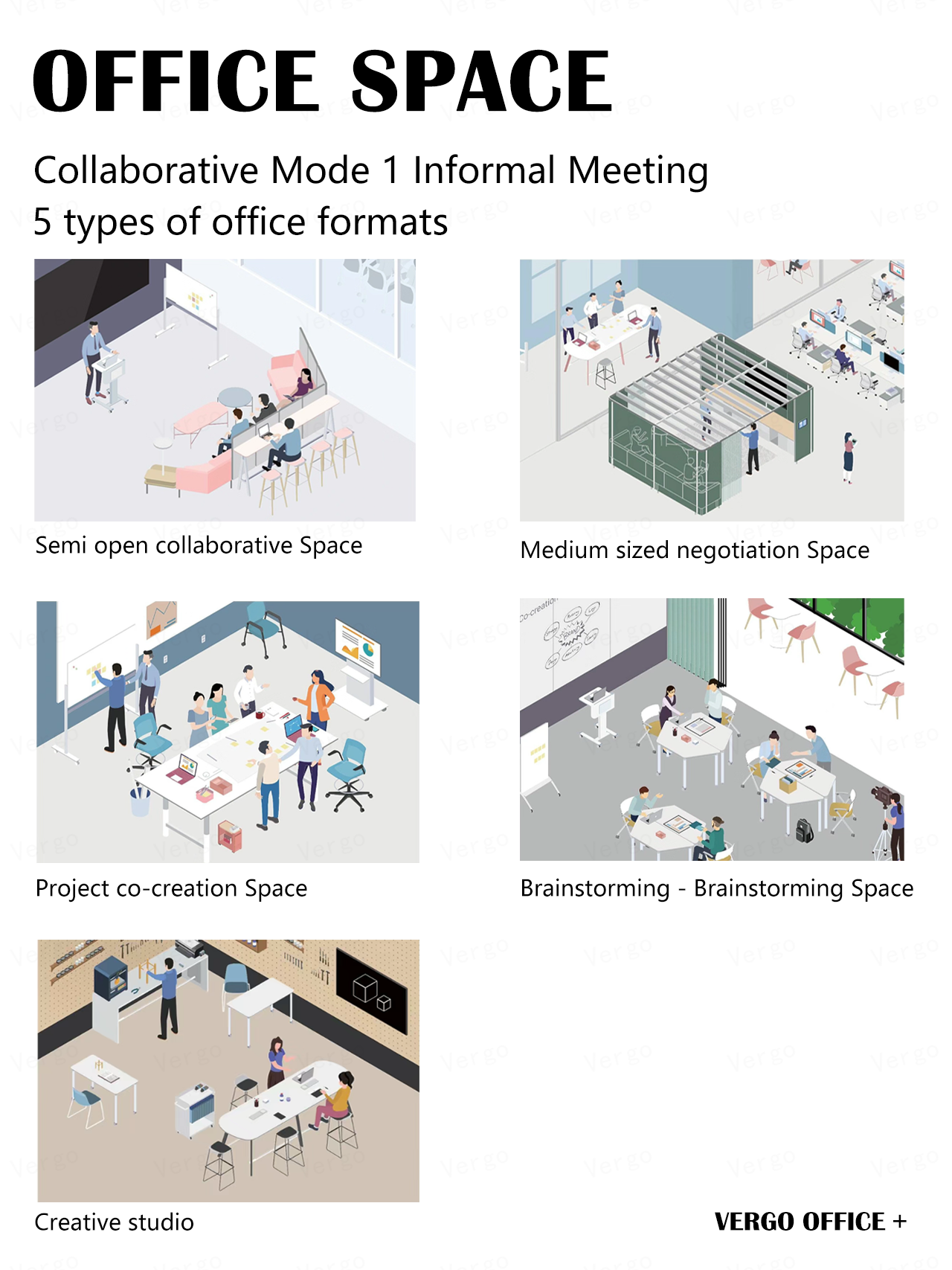
Collaborative Mode:
Great ideas and connections are created when individuals collaborate. Individuals pick up knowledge from one another. Additionally, project progress occurs more quickly. Since technology has made it possible for us to work from anywhere, even at home, we are looking for more and more possibilities to interact and communicate with our teams in person.
There are 5 types of collaborative office space which can helps create an environment where people feel valued for their unique experience and input.
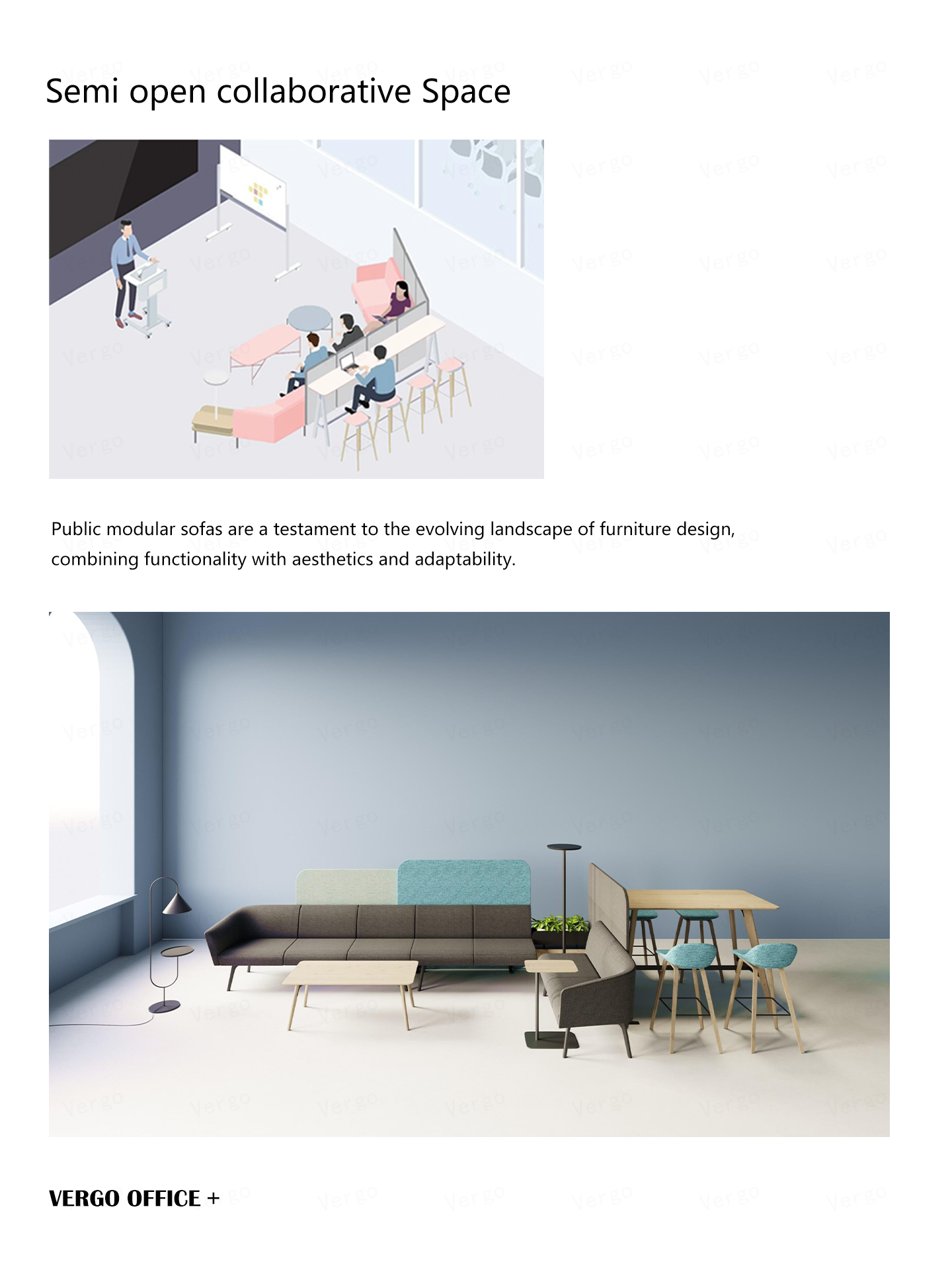
Semi-open collaborative space:
Semi-open collaborative spaces are designed to encourage interaction and teamwork while also offering areas for concentrated work. These spaces typically feature a mix of open areas for group activities and enclosed or semi-enclosed zones for individual tasks.
The space is divided into different zones that cater to various activities. Open zones are intended for collaboration and social interaction, while quiet zones provide a more private setting for focused work.
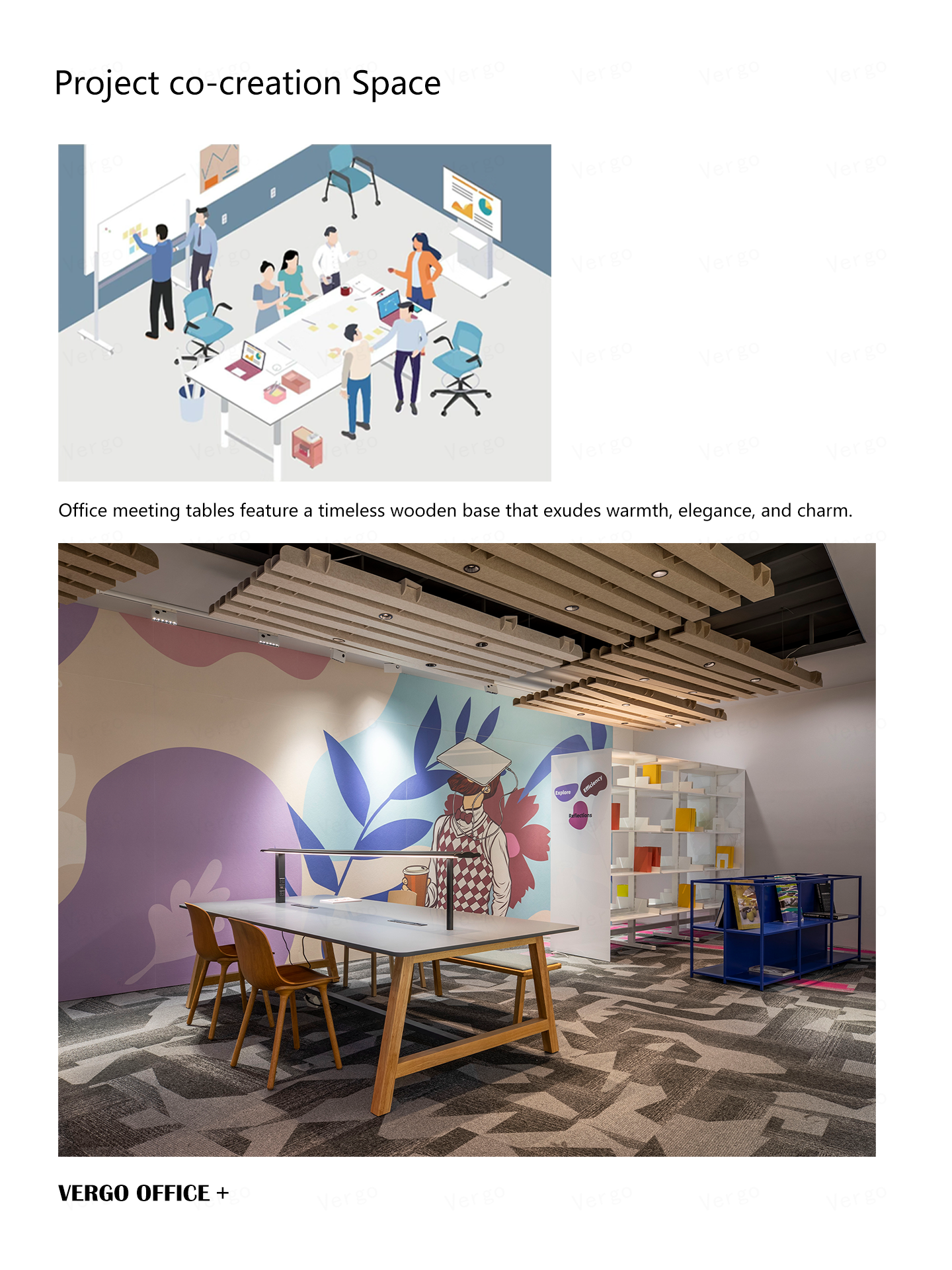
Project co-creation space:
Project co-creation spaces represent a progressive approach to innovation and collaboration. By providing an environment that fosters interdisciplinary interaction, supports rapid development, and encourages stakeholder engagement, these spaces can significantly enhance the creativity and effectiveness of project teams. As organizations continue to seek ways to drive innovation and stay competitive, co-creation spaces offer a powerful tool for harnessing the collective intelligence and creativity of diverse teams.
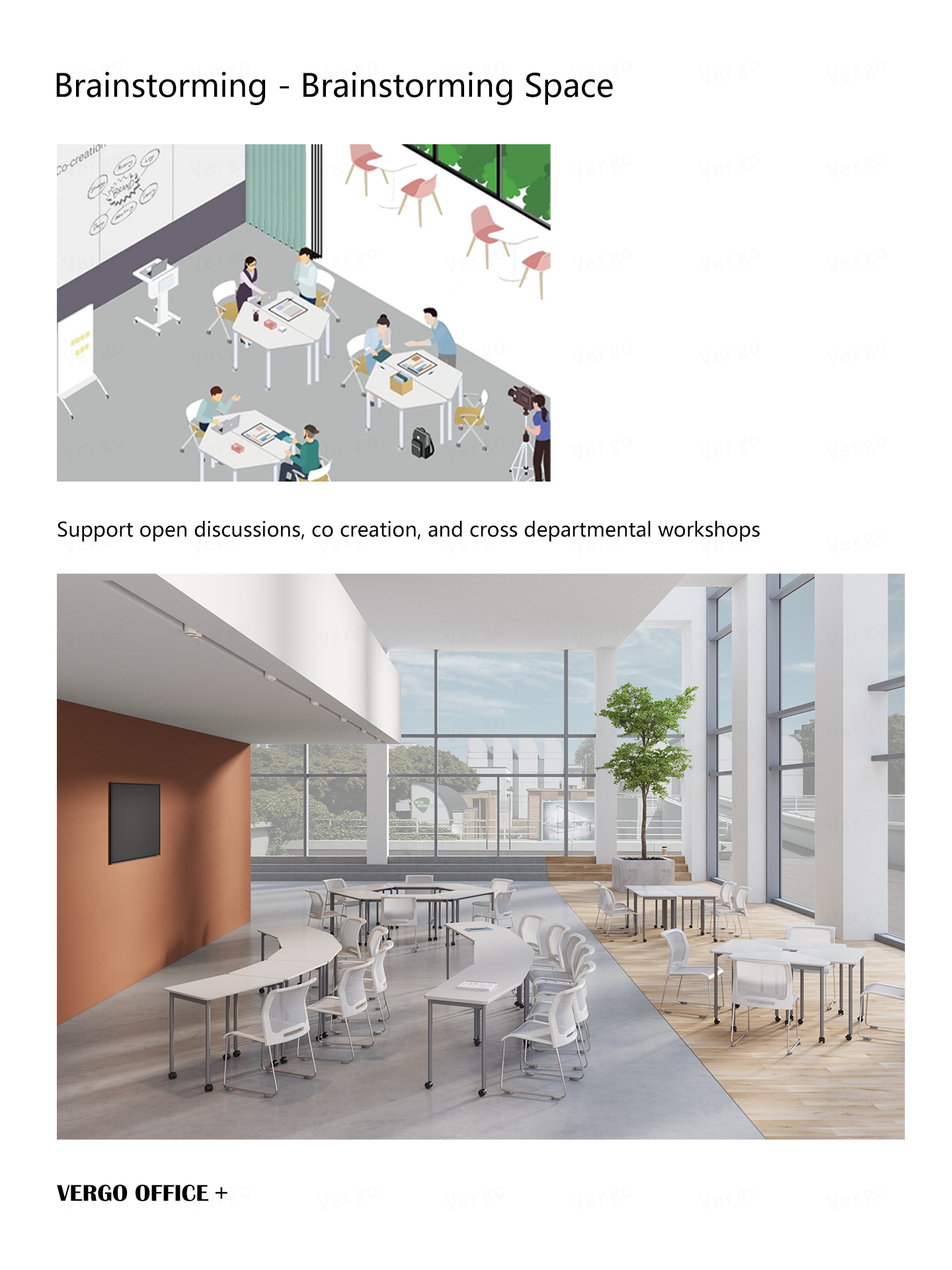
Brainstorming space:
In the quest for innovation and problem-solving, brainstorming is a pivotal process that brings forth a multitude of ideas from diverse perspectives. The environment in which brainstorming sessions are conducted significantly impacts their effectiveness. Brainstorming spaces are specially designed environments that foster creativity, collaboration, and the free flow of ideas.
These spaces encourage collaboration by facilitating open communication and the exchange of ideas. Participants are more likely to engage with each other and build on each other’s suggestions.
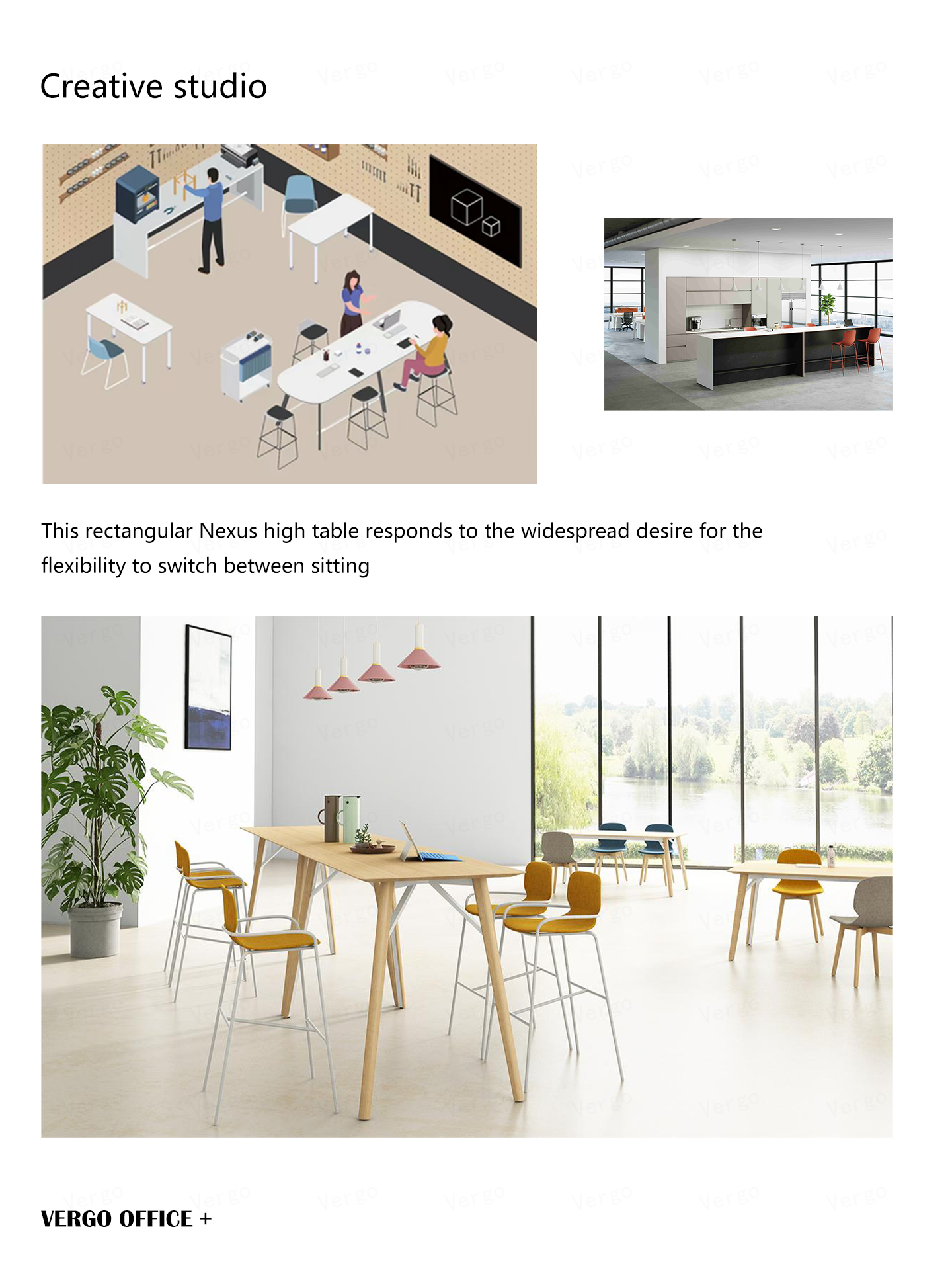
Creative studio:
Creative studio spaces play a vital role in nurturing innovation and artistic expression. By providing an inspiring environment, versatile layout, specialized tools, and a balance between collaborative and private work areas.
The availability of necessary resources and a conducive environment for focused work can significantly boost productivity. Creatives can efficiently execute their ideas without the hindrance of inadequate space or tools.
A comfortable and inspiring workspace contributes to the overall well-being and job satisfaction of creative professionals. An environment that supports their creative process helps reduce stress and enhances their overall work experience.
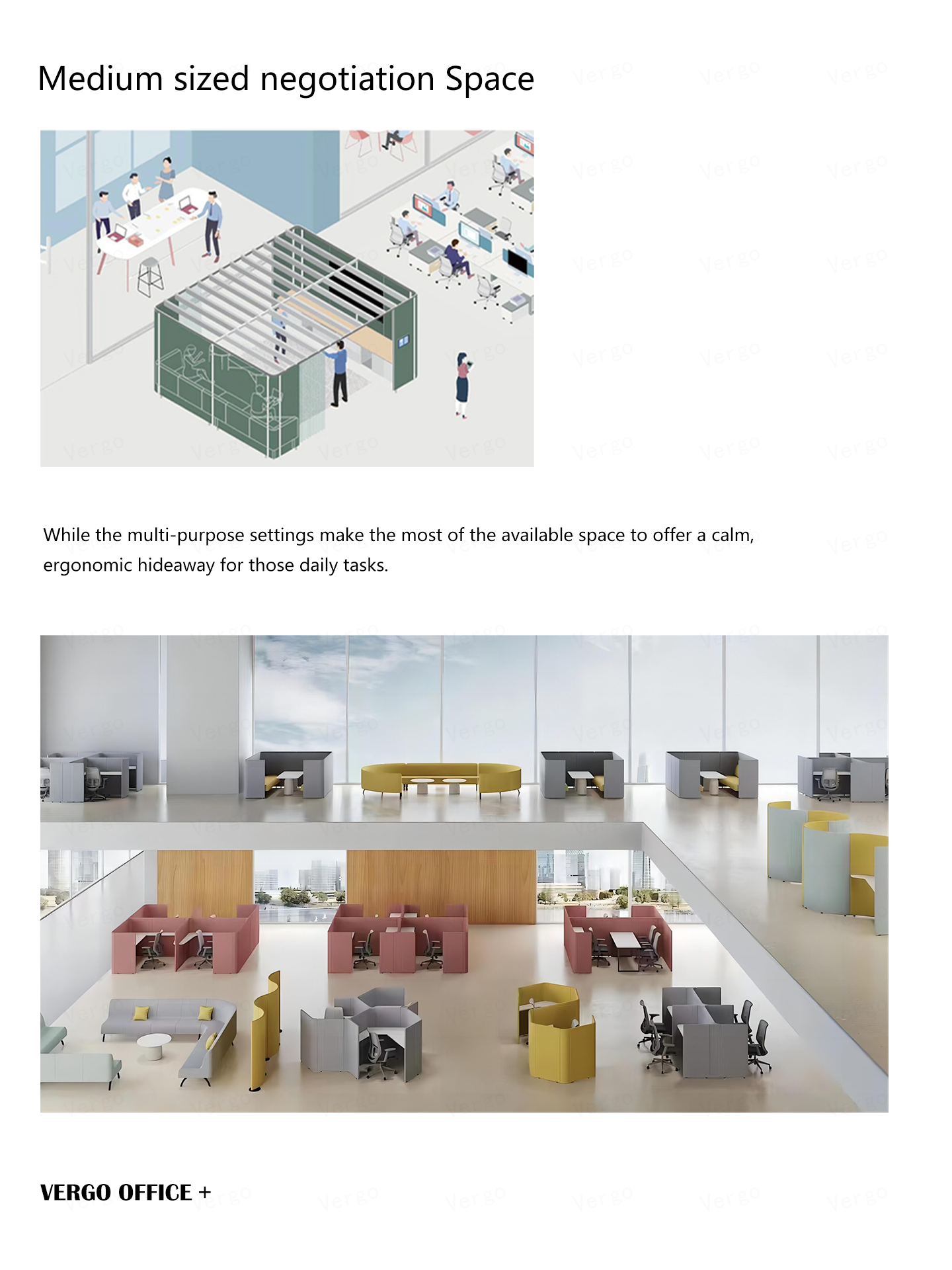
Medium sized Negotiation space:
Negotiation is a critical aspect of business, diplomacy, and conflict resolution. The environment in which negotiations take place can significantly influence the outcomes.
The seating should be arranged to foster direct eye contact and easy communication. Round or oval tables are often preferred to eliminate hierarchical seating and encourage equality among participants.
Negotiation spaces must ensure privacy to foster open and honest communication. Soundproof walls, secure entry points, and confidentiality measures are essential to protect sensitive discussions.

















